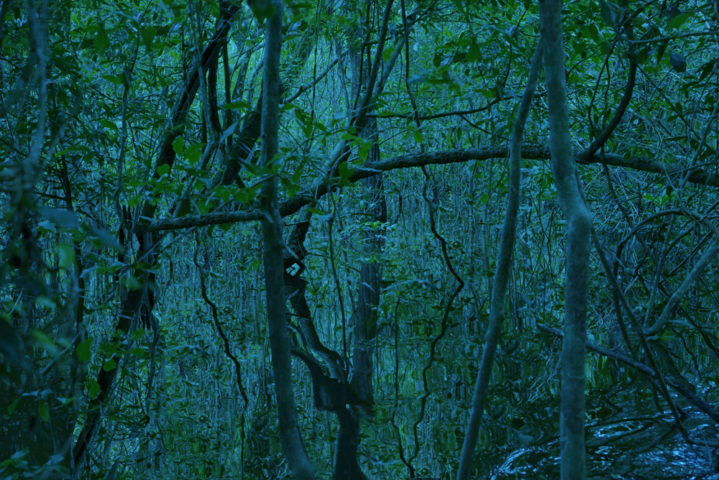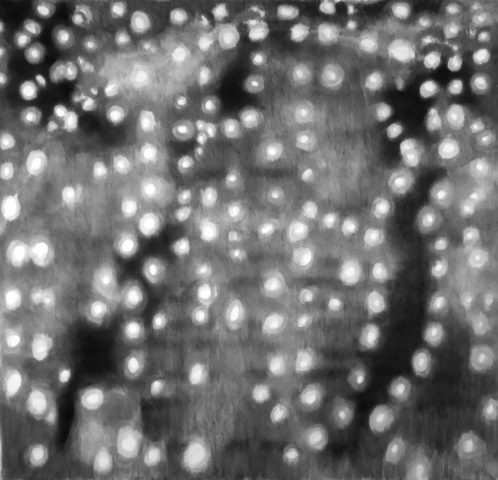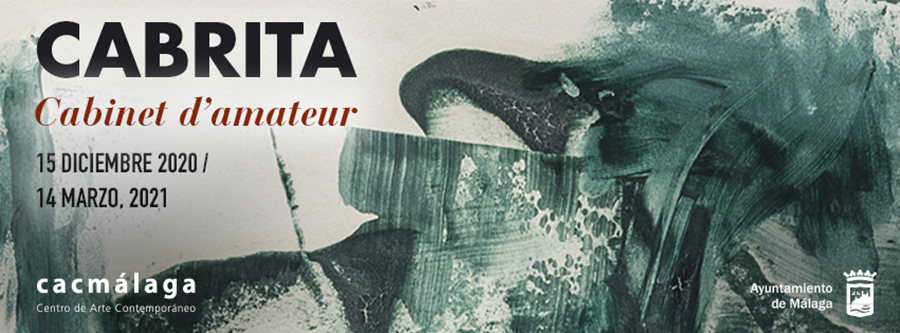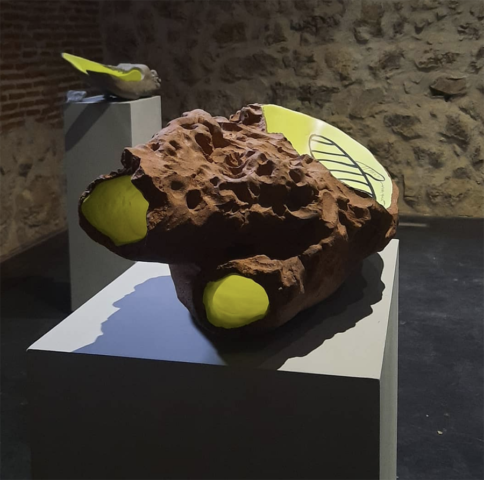Text by Verónica Stigger (Porto Alegre, 1973), writer, art critic, curator and professor.
Conversations with Caio Reisewitz & curators. (see below)
From the 11 of March, we shall exhibit Recado da Mata, the fourth exhibition by Caio Reisewitz at Galeria Joan Prats. We present 11 photographs, a video, and an audio piece.
Caio Reisewitz has gathered many of the photographs in this exhibition together in response to reading books written by two great thinkers and indigenous leaders working in Brazil today: A queda do céu [The fall of heaven] by Davi Kopenawa with co-authorship from Bruce Albert, and Ideias para adiar o fim do mundo [Ideas to postpone the end of the world] by Ailton Krenak. The title of the exhibition furthermore lends itself from the preface written by anthropologist Eduardo Viveiros de Castro for Kopenawa and Bruce Albert’s book who in turn alludes to the tale O recado do morro [The Message of the Hill], by Joao Guimarées Rosa. In the story, a homeless man and a hermit warn the people of the region about a message they claim to have received from Morro da Garça (Hill of Garça) itself. In a group of 7 men, one of them will be killed through treason. In the preface Viveiros de Castro begins with the idea of imminent death proclaimed by nature, now it is not from the voice of the hill but through the voice of the jungle. The jungle warns us that it is being exterminated by man; this is the message that Caio Reisewitz attempts to convey in his photographs.
One of the most recent works presented in the exhibition by Caio Reisewitz is Ambé, whose title much like the other works displayed (excluding Penedo), refers to a place name of Tupí origin. Ambé is the name of a rural community 80km from the center of Macapá in Amapá. However, in the Amazon region it also means that which is rugged, frizzy and rough. Much like the vast majority of Reisewitz’s works, in this photograph we are unable to distinguish human presence. We see only a thick tangle of branches, trunks and leaves characteristic of the Amazon rainforest. Nevertheless, the inability to distinguish human presence in the jungle does not mean it is uninhabited. The indigenous placename reminds us that for Amerindians the jungle is continuously full of a multiplicity of beings that remain invisible to us (…). By pasting fragments of different photographs, overlaying them, and re-photographing them with colour manipulation, provides the scene with a bluish tint. In Ambé, Reisewitz creates an unreal almost spectral environment; he shows an image of a dream or a vision of a shaman. Despite our inability to see the invisible beings of the jungle we are still able to sense their presence (…).
Always concerned about man’s rampant exploitation of nature and its dire consequences, Caio Reisewitz, in photographs such as Tipioca and Upurupã, finds a way to make this message even more eloquent, more visible. He overlaps an image of the jungle with part of the Palácio Del Planalto (the seat of Brazil’s federal executive power) which we glimpse at like a ghost or apparition floating menacingly. We must not ignore that this exhibition takes place at a time when the government is currently under the rule of President Jair Bolsonaro. Jair Bolsonaro is an admitted accomplice to the greatest devastation ever imposed on the Amazon and Pantanal in recent history. Deforestation reached its highest level since 2008. Additionally, there have been repeated attacks against the indigenous population, their territories and their given rights which were stipulated in the 1988 Constitution. In the last two years, several Brazilian cities including those in Southeast and South have been covered by smoke for days dye to forest fires. It is no longer just a message, but a loud cry of help from the jungle.
Caio Reisewitz (São Paulo, 1967) lives and works in São Paulo. He is one of the most important photographers from Brazil; he has focused his work on the difficult relationship between nature and people. Recent individual exhibitions include: Biblioteca, Museo de Antioquia, Colombia (2018); Altamira, Pinacoteca do Estado de São Paulo (2017); Ingenios de hoy, Photoespaña, Museo de Albacete (2016); Disorder, Maison Europeénne de la Photographie, Paris and Florestas, favelas e falcatruas, Huis Marseille Museum voor Fotografie, Amsterdam (2015); Caio Reisewitz, ICP – International Center of Photography, New York (2014). He has participated in Biennale de l’Image Tangible, Paris (2018); The Guangzhou Image Triennial (2017); Bienal de Curitiba, Brazil (2015 and 2013); Biennial Daegu Photo, South Korea (2014), Project LARA Latin American Roaming Artist, Colombia (2013), Nanjing Biennale (2010), Bienal del Fin del Mundo of Ushuaia, Argentina (2009 and 2007), Venice Biennale (2005) representing Brazil, and in São Paulo Art Biennial (2004). His work has been shown in international arts centers, such as Beijing Minsheng Art Museum; Phoenix Art Museum, Arizona; Gropius Bau, Berlin; Cisneros Fontanals Art Foundation, Miami; MARCO, Vigo; CAAC, Seville; MUSAC, León; Museu de Arte Contemporanea de Goiás, Goiania; Museu de Arte Moderna da Bahia, Bahia; Casa da Imagem, OCA, São Paulo; CCBB, Rio de Janeiro and Grand Palais, Paris; amongst others.
Friday, April 30th, 6 pm – Online (in Spanish and Portuguese) via this Link
‘Caio Reisewitz y la crisis ambiental y forestal en el contexto del arte contemporáneo’
Conversation with Paula Alzugaray (editor and independent curator specialised in video art), Orlando Maneschy (professor at UFPA-Federal University of Pará, Amazônia) and Caio Reisewitz (artist)
Approximate duration: 50 minutes
Friday, May 7th, 7 pm – Galeria Joan Prats (confirm attendance via galeria@galeriajoanprats.com) and online (in Spanish) via this Link
‘Fotografía contemporánea en el contexto actual y coleccionismo’
Conversation with Caio Reisewitz (artist), Moritz Neumüller (curator and critic specialised in the mediums of photography and digital art) and Alejandro Castellote (curator of photography)
Approximate duration: 50 minutes



